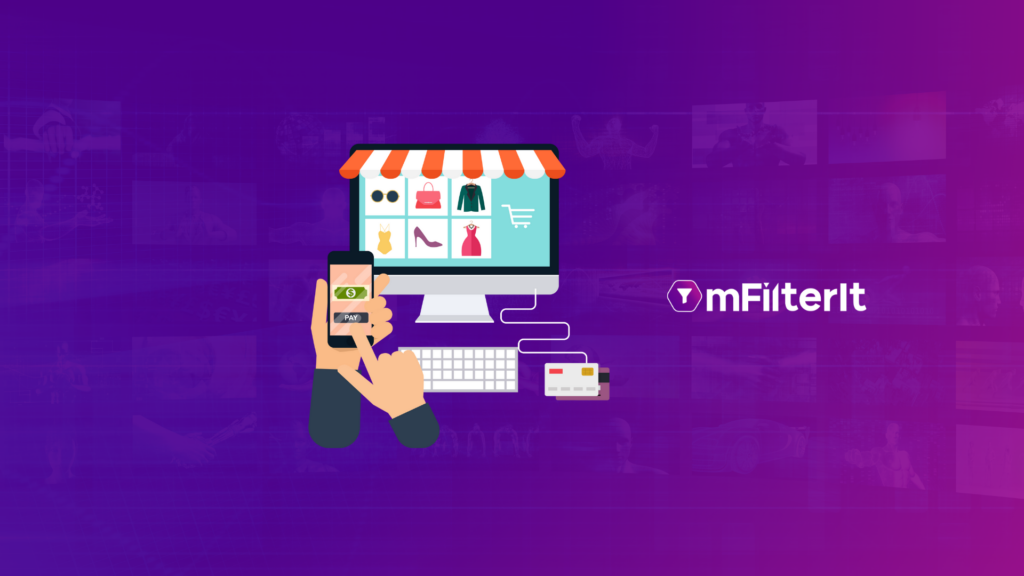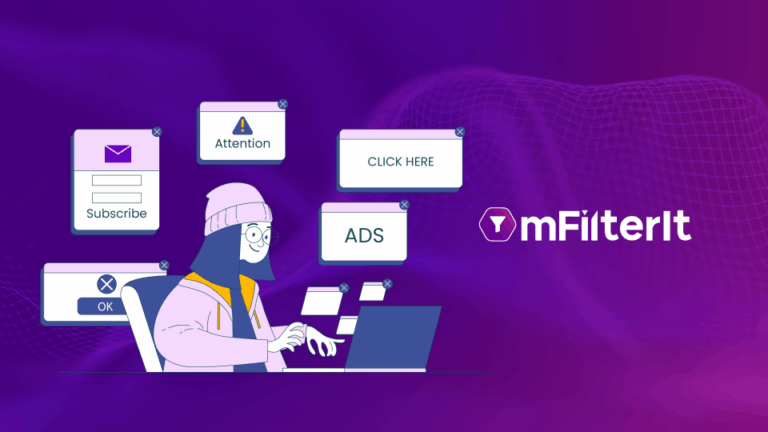Display advertising through online banner ads is one of the most effective ways of capturing the attention of online shoppers and increasing sales. Banners intrigue buyers because of their messaging, visibility of top products, promotions, etc.
Brands spend valuable resources to create the perfect banner for reaching the target audience and ensuring a higher than ongoing click-through rate (which remains uncertain until the end of the advertising campaign). Brands include the best colors, product variants, price quotes, promotions, etc., in their banners.
Most eCommerce marketplaces have banner placements on the category, sub-category, home, and other promo pages. Higher visibility of a brand’s product variants correlates with higher brand awareness, which will likely also impact the Share-of-Visibility of the brand. Capturing the brands with the highest visibility through banner ads on an eCommerce marketplace helps to know the brands bidding the highest on a specific page.
Furthermore, evaluating the banners visible after searching a brand, competitor, and generic keyword helps brands to find outputs on search analytics. For example, comparing your brand’s sponsored banner ads vis-à-vis a competition based on specific keyword search results shows if your competitor is bidding higher or lower than you on the keyword. It also displays the difference in visibility percentages based on the sponsored banner ads.
Tell Tales from E-Commerce Banner Ads
What’s New Hot or Trending?
Brands frequently launch new products under specific categories. According to our experts, monitoring the sponsored display ads of your competition helps to come across your competitors’ most trending hot, or new products. It also helps to know the new aspects they are focusing on.
Continuously monitoring the competition banner ads also detects the frequency of their launch and builds a forecast of their next launch on an e-commerce marketplace. You can manage the ongoing keyword bidding and banner placement strategies to achieve an edge over the competition.
For example, an oral care brand with a mouth-freshness toothpaste variant is focused in the health category section of an e-commerce marketplace. After two weeks, it launches a whitening toothpaste variant in the same category. The same brand keeps the same frequency of its new product launches in the same marketplace category. You can easily predict the estimated launch date of the new product, i.e., it would also be around the same period (two weeks).
By evaluating the banner ads of the competitor, you can find the types of product variants focused on a category, qualities featured in the ads for a specific sub-category, prices, promotions, seasonal offers, etc. For example, the brand uses dazzling white’ as part of its banner ads for most of its whitening toothpaste.
How are Competitors Targeting their Niche Audience?
Evaluating the eCommerce banner ads of your competitors shows the focused target audience on specific platforms and categories. Most brands have ambassadors for multiple product variants. Reviewing the display ads in a category shows whether a brand focuses on millennials, kids, or other audiences. Moreover, it displays the themes that the competitors focus on to increase brand visibility and product click-through rates from their target audience.
Monitoring the banner ad campaigns of the competitors also shows the change in discount percentages or offers. Mapping promotional aspects in a brand helps to detect themes like deals, offers, discounts, etc., at an in-depth level and better understand the competitor’s approach towards its target audience.
For example, if one of your competitors continuously uses ‘combo’ for most of its display ads on a platform, you can detect the commonly used product variants. You can also see the Share-of-Visibility of their banner ads on multiple e-commerce pages focusing on ‘combo’ promotions. Upon further deep-diving, you can check if their banner displays mention SKUs and prices, which would tell the benefits they are offering to lure their target audience. Through this new information, you can easily detect that the marketers of a competitive brand are focusing on price and SKUs and use it to your advantage.
What Are Your Competitors Relying Upon?
For the past few years, we mapped the banner communication of brands on e-commerce marketplaces. We found that they entice consumers through cashback, gifts, day/occasional specific deals, limited-time offers, vouchers, as well as a mix of two or more promotions. Upon mapping the sponsored banner ads of the competitors, we found new insights based on location, platform, and other aspects.
Analyzing the banner ads of the competitors helps to find their focused form of promotion in a given time frame. The information helps brands find areas for retargeting the banner campaigns, new keywords, and an untapped target audience.
Wrapping Up
Monitoring the banner ads of competitors gives insights into the banner communication at the platform, category, sub-category, and other levels. Brands can use the information to know the aspects focused on by their competitors, reach an untapped market, enhance Share-of-Visibility on the e-commerce platform, etc.
Besides this, brands can detect forecasts of product launch dates and their competitors’ most commonly used themes on e-commerce platforms. Banners of a brand give inputs on marketing and communication, which help scale the business. 2o, and let’s build new stories for your online shoppers.



